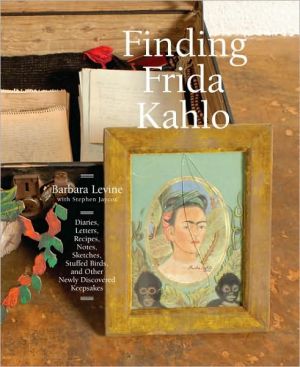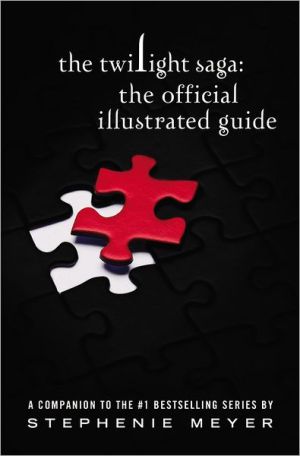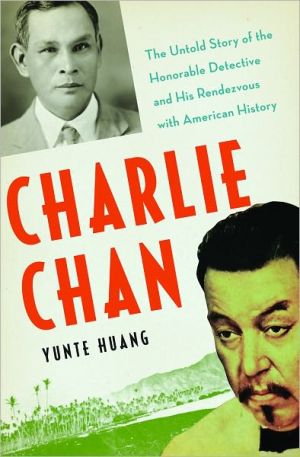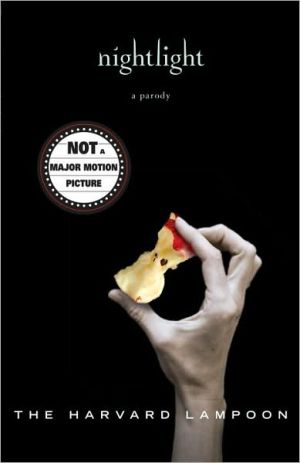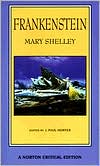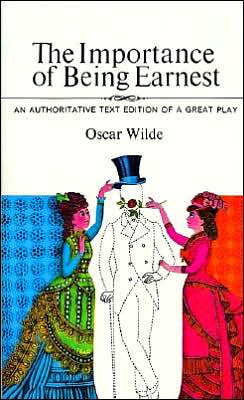Finding Frida Kahlo: An Unexpected Archive
"Let's go see the Frida Kahlos."\ It seemed inconceivable that after decades of exhibitions, auctions, books, and movies, unpublished Frida Kahlo artwork could still be found anywhere, much less a shop in a converted textile factory. "Well, if you don't believe me just come along," replied her traveling companion. Levine, having recently relocated to San Miguel de Allende, Mexico, could not resist and was soon en route to La Buhardilla Antiquarios (The Attic Antiques).\ Down an arched stone...
Search in google:
"Let's go see the Frida Kahlos."It seemed inconceivable that after decades of exhibitions, auctions, books, and movies, unpublished Frida Kahlo artwork could still be found anywhere, much less a shop in a converted textile factory. "Well, if you don't believe me just come along," replied her traveling companion. Levine, having recently relocated to San Miguel de Allende, Mexico, could not resist and was soon en route to La Buhardilla Antiquarios (The Attic Antiques). Down an arched stone corridor in a small back room sat two wooden chests, a metal trunk, a wooden box, and a battered old suitcase. On the lid of the suitcase was the name "Sra. KAHLO DE RIVERA." The shop owners opened the five cases to reveal a jumble of objects, including paintings, drawings, keepsake boxes, annotated books, clothing, a diary, and other assorted items and ephemera. Levine picked up one of ten airmail letters, inscribed with the words "personal archive of Frida K. and personal archive of my private life."Finding Frida Kahlo presents, for the first time in print, an astonishing lost archive of one of the twentieth century's most revered artists. Hidden from view for over half a century, this richly illustrated, intimate portrait overflows with fascinating details about Kahlo's romances, friendships, and business affairs during a three-decade period, beginning in the 1920s when she was a teenager and ending just before she died in 1954. Full of ardent desires, seething fury, and outrageous humor, Finding Frida Kahlo is a rare glimpse into an exuberant and troubled existence: A vivid diary entry records her sexual encounter with a woman named Doroti; a painted box contains eleven stuffed hummingbirds, concealed beneath a letter in which she laments her discovery that her husband, Diego Rivera, had been monstrously dissecting "these beautiful creatures" to extract an aphrodisiac; an altered French medical book describes the pain she was suffering from the amputation of her right leg, written by Kahlo upon pages that illustrate an amputation technique; a letter to a friend expresses her loneliness, and a simple request for coconut candies. Frida Kahlo never wrote an autobiography. Instead, she left behind a much more complex material universe. Finding Frida Kahlo offers scholars and fans alike an opportunity to examine firsthand Kahlo's secret world and draw their own conclusions about how she imagined her place in it.Publishers WeeklyIndependent curator Levine (Around the World) encountered a mysterious, important and long-hidden collection of more than 1,200 of what are reputed to be Frida Kahlo’s personal items in the back room of an antiques store in San Miguel de Allende, Mexico. (The Associated Press has reported that the Diego Rivera and Frida Kahlo Trust has charged that the materials in this book are forged. Mexican prosecutors are investigating.) Levine and Jaycox meticulously document the unpacking of the archive from five trunks, suitcases and boxes, and guide readers through the contents with reproductions of letters and diaries, and photos of Kahlo’s drawings and personal effects. Levine finds it all illuminating, not only regarding Kahlo but also “the universally human tendencies that the archive represents.” Levine’s interview with the antiques-store owners recounts their fascinating acquisition of the pieces while the “visual exploration” focuses on Kahlo’s impassioned love and hatred for her husband, Diego Rivera, whom she calls an “evil fat toad,” and her anxiety over her amputated leg, which manifests itself in her obsession with flight (“What do I want feet for/ If I have wings to fly”). This beautiful book poetically offers a fresh look at one of art’s iconic women, and though Kahlo is the protagonist of the project, Levine’s journey includes us all. (Nov.)
\ Publishers WeeklyIndependent curator Levine (Around the World) encountered a mysterious, important and long-hidden collection of more than 1,200 of what are reputed to be Frida Kahlo’s personal items in the back room of an antiques store in San Miguel de Allende, Mexico. (The Associated Press has reported that the Diego Rivera and Frida Kahlo Trust has charged that the materials in this book are forged. Mexican prosecutors are investigating.) Levine and Jaycox meticulously document the unpacking of the archive from five trunks, suitcases and boxes, and guide readers through the contents with reproductions of letters and diaries, and photos of Kahlo’s drawings and personal effects. Levine finds it all illuminating, not only regarding Kahlo but also “the universally human tendencies that the archive represents.” Levine’s interview with the antiques-store owners recounts their fascinating acquisition of the pieces while the “visual exploration” focuses on Kahlo’s impassioned love and hatred for her husband, Diego Rivera, whom she calls an “evil fat toad,” and her anxiety over her amputated leg, which manifests itself in her obsession with flight (“What do I want feet for/ If I have wings to fly”). This beautiful book poetically offers a fresh look at one of art’s iconic women, and though Kahlo is the protagonist of the project, Levine’s journey includes us all. (Nov.)\ \ \ \ \ Library JournalAs a collector and archivist, Levine (former director of exhibitions, San Francisco Museum of Modern Art) is particularly sensitive to the fragments of life one accumulates and how they can be interpreted by others. While sorting out her own life, she happened upon Frida Kahlo's personal archive, a treasure trove that had been lost for decades. This bilingual (English/Spanish) book is a record of her discovery, detailing both the objects themselves and the intimate relationships they evoked in viewers. Each object was photographed as it was unpacked and then returned to its original housing. In a very personal essay, the author charts revelations about this enigmatic artist yielded by the diary entries, recipes, sketches, and letters and a starkly annotated series of images of the techniques used for the amputation of her leg. VERDICT An illuminating find or an odd bit of miscellanea, depending upon the reader's interest in this artist's life, this book unravels for both author and reader the unique experience of a very human activity: storing away the little things by which we identify ourselves.—Paula Frosch, Metropolitan Museum of Art Lib., New York\ \
